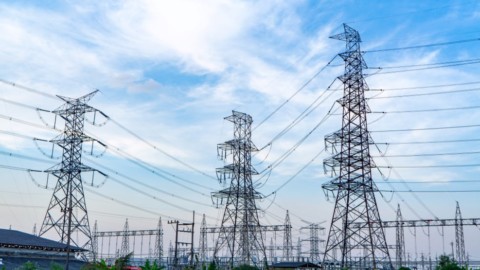The AEMC’s proposed approach to transmission access reform is a step closer after receiving stakeholder feedback.
In June 2019, the AEMC published a directions paper outlining further detail on the need for transmission access reform to enable the connection of new wind and solar across the national electricity market and deliver on the Integrated System Plan (ISP).
The paper also set out the Commission’s proposed approach to changing the way generators access transmission networks. The proposed reforms aim to address both the need for greater certainty for generators that they can get their energy to consumers, and the need to reduce the financial and risk burden on consumers in funding new transmission investment.
The access reforms involve three inter-related aspects:
- Wholesale electricity price reform, involving generators receiving a dynamic regional price that more accurately represents the marginal cost of supplying electricity at their location in the network
- The introduction of transmission hedges as financial risk management options that generators can obtain and use to manage the risks of congestion on the network
- Transmission planning and operations being informed by generator purchases of transmission hedges to reduce the risk of consumers paying for incorrect transmission decisions
Key themes from stakeholder submissions included:
- Dynamic regional pricing could provide signals for efficient dispatch of generation and more efficient generator locational decisions, however, care should be taken to design the reform in such a way that it does not decrease liquidity in the contracts market or increase market power
- Transmission hedges could increase certainty of access to transmission network capacity and reduce costs for consumers, however, generators want more information about how firm the products would be – this influences how much transmission hedges may reduce risk
- A reform model with dynamic regional pricing and transmission hedges that does not directly link to the transmission planning framework would be preferable
- The review timetable is ambitious, and a lengthier period of consultation on the detail of reform may be required, with stakeholders noting the importance of the Commission providing additional market design details over the coming months
- The proposed July 2022 implementation date for the wholesale pricing, financial risk management and transmission planning reforms may be problematic – stakeholders highlighted the time needed to develop and test these reforms before they are implemented, which may be challenging alongside other reforms such as five minute settlement
- Some form of impact analysis on the intended reforms should be undertaken
Most stakeholders that favoured the proposed COGATI reforms supported the three aspects of the reforms being implemented simultaneously. A number of stakeholders also recommended that AEMO publish information relating to constraints and dynamic regional prices ahead of the COGATI reforms being implemented.
A draft report for the COGATI is currently scheduled for late September 2019.
















